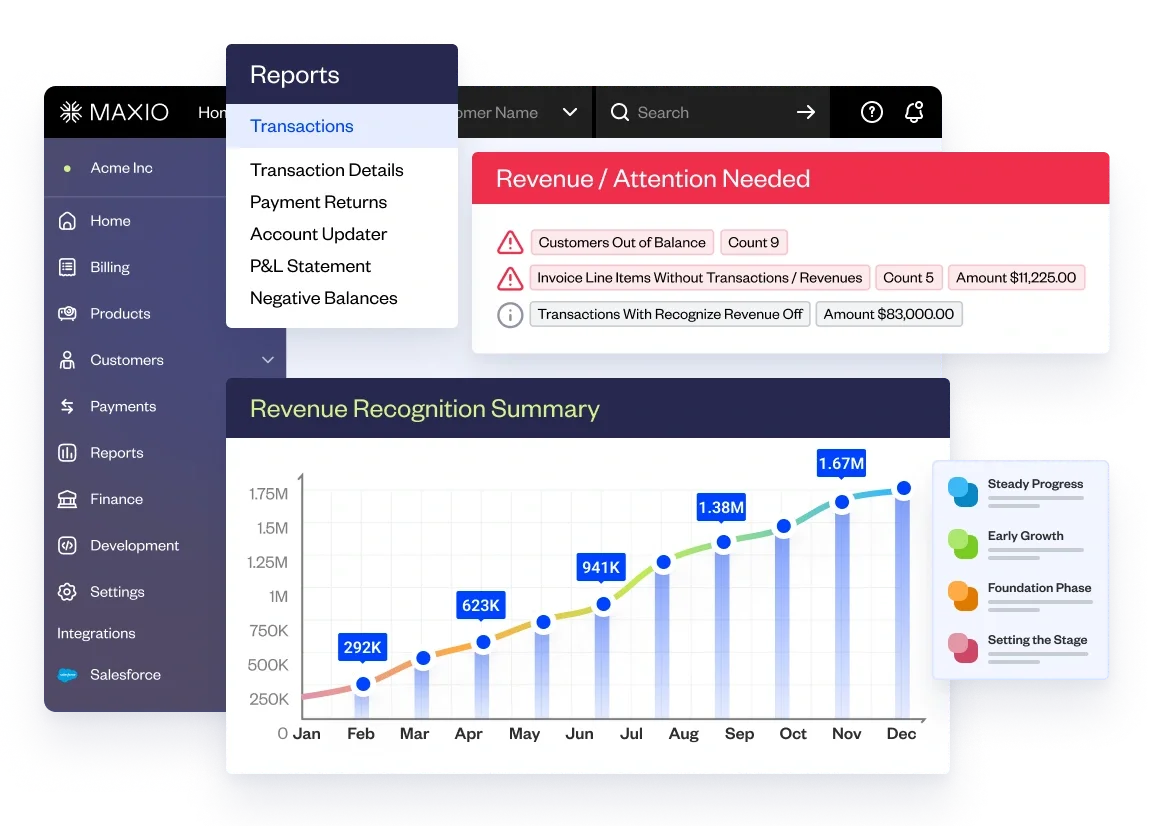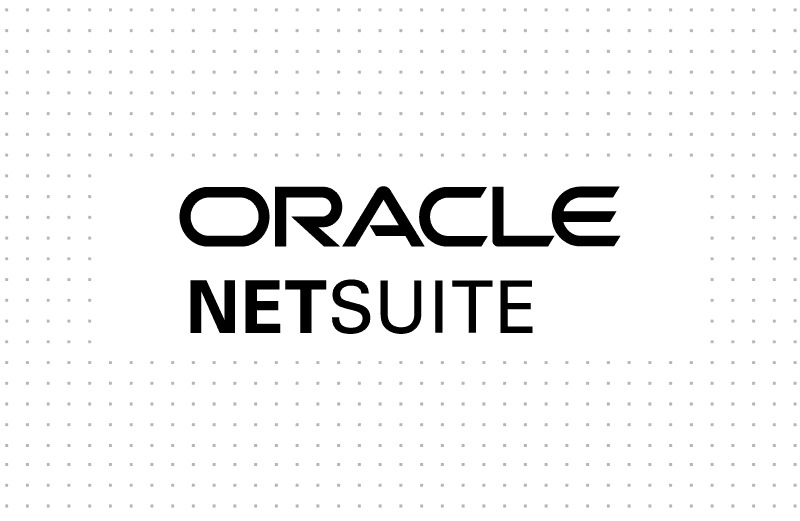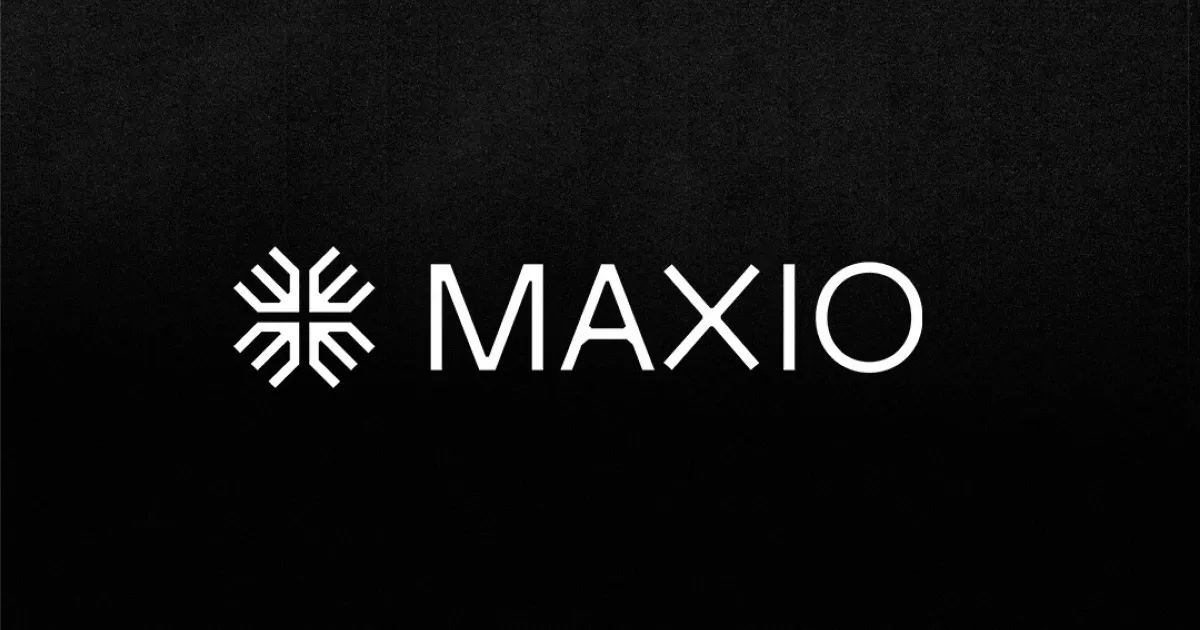The success of a SaaS business can typically be boiled down to one thing—grow revenue as much as possible until it’s time for an exit or IPO. However, ‘growth’ can extend beyond revenue, product lines, and market segments. The digital nature of SaaS means small and large companies alike can quickly expand across geographies, subsidiaries, or operations with each entity having its own chart of accounts.
That’s a LOT for finance teams to report on.
While expansion is generally a welcomed outcome, it also introduces a host of new problems. Specifically, when finance teams are trying to convert gains and losses over foreign exchange (FX).
Why do you need FX reporting?
When you sell products or services to customers in a foreign currency, the value of that currency changes based on fluctuating exchange rates. If the value of the currency goes up or down after you invoice a customer but before you collect payment, then you have made a foreign currency gain or loss on that invoice.
Having access to FX gain/loss reporting allows SaaS companies to:
- Make accurate assessments of how fluctuating currency rates are impacting their financial statements
- Scale their business more efficiently by being able to contract in different currencies
- Pinpoint the differences between economic movement vs. nominal fluctuations in the value of international currencies
- Stay GAAP compliant when pursuing global expansion
The problem with relying on multiple general ledgers
Most SaaS companies, without multi-entity reporting, rely on separate general ledgers for their different legal entities. This is a huge pain because in order to consolidate, they need to export it all into Excel and piece together a report all on their own.
Manual processes like this can only get you so far. As you scale, you’ll be forced to calculate exchange rates manually using system rates you pull yourself. Then, as global transactions increase, your risk of becoming non-compliant with GAAP also increases due to errors in manual data entry
However, automating your reporting eliminates any risk of non-compliance and allows you to consolidate your reports, so you can navigate to one instance for all entities.
Consolidate your business entities into one report with Maxio
Maxio’s real-time, multi-entity reporting allows SaaS companies to see how fluctuations in the value of different currencies might affect their financials. Instead of guessing why revenue is fluctuating up or down, Maxio gives you:
- The ability to visualize changes across all entities through consolidated reporting
- Reporting that adheres to GAAP’s FX reporting guidelines
- A comprehensive reporting dashboard that eliminates manual data entry and the need to compile separate reports
Need to stay GAAP compliant—even in foreign markets? Schedule a demo and see how Maxio is helping SaaS companies simplify global expansion and reporting.






